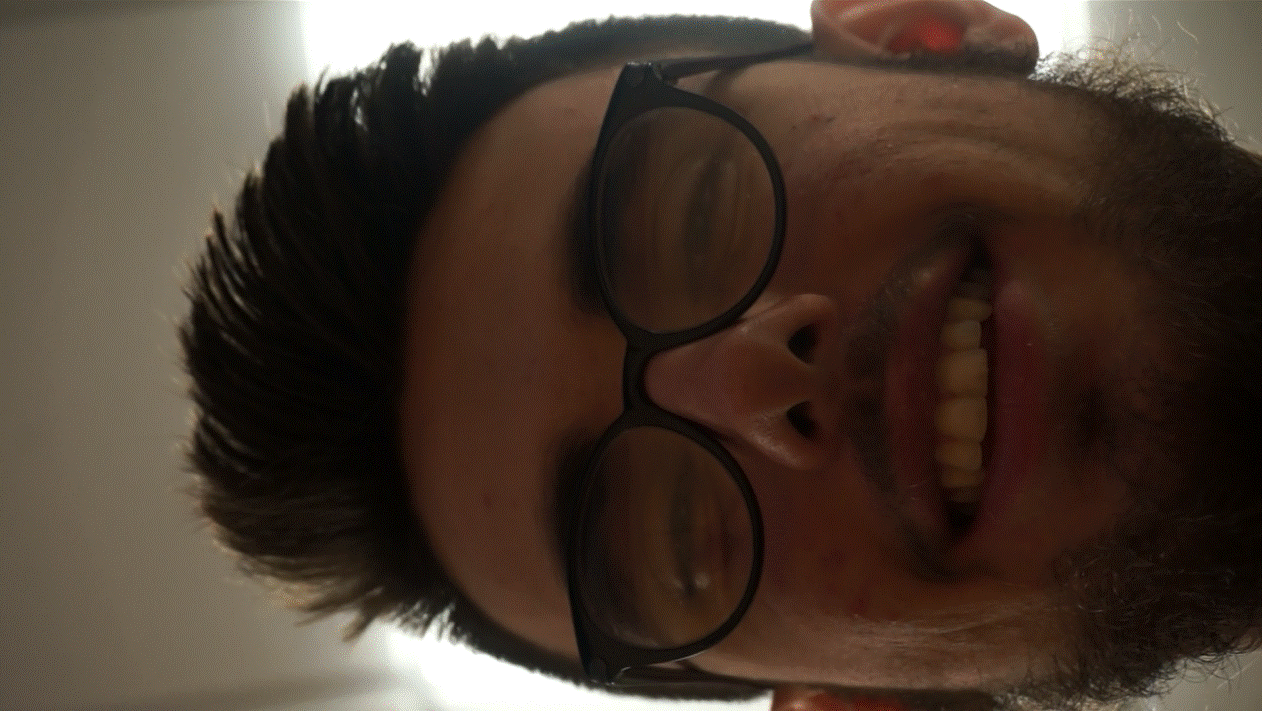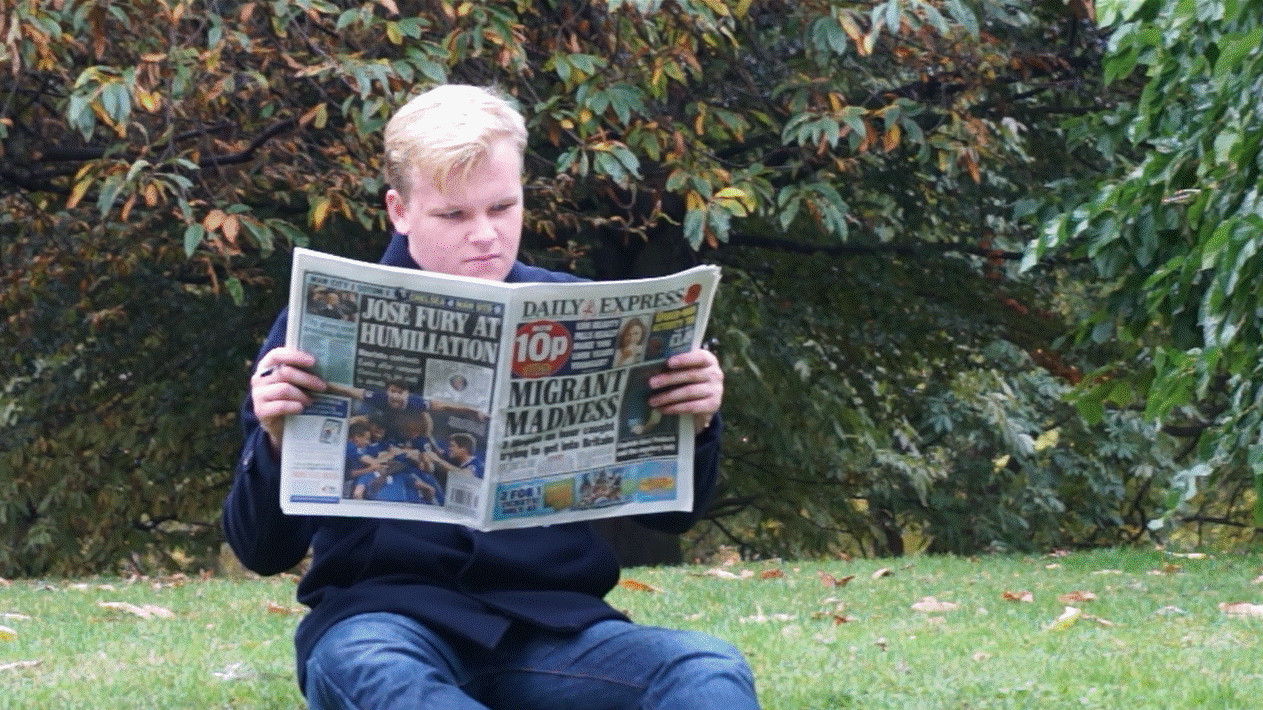
A2 Production Evaluation
Fraser Saunders
In order to make our trailer original and exciting, we challenged many of the forms found in real media texts.
Magazine Cover
My magazine cover also challenges the usual conventions of Empire products. Magazine covers of this type frequently show a mid-shot image of one or more characters in the featured film, who fill the majority of the page. However, my cover has the protagonist as though he is being seen through the sight of a powerful projectile weapon. This shows that this character’s life is in danger throughout the film, and this is clear because of the editing for the magazine front cover. An example of a typical Empire magazine cover is that for Man of Steel.




Question 1
IN WHAT WAYS DOES YOUR MEDIA PRODUCT USE, DEVELOP OR CHALLENGE FORMS AND CONVENTIONS OF REAL MEDIA PRODUCTS?
Costume
Protagonist characters are often seen to be wearing suits in an action film, with the antagonists commonly in untidy clothing. This has been challenged in our film as we have the protagonist wearing the clothes of an ‘ordinary’ person – blue jeans, a large coat and canvas shoes. This mise-en-scène illustrates to the audience that this hero character type can be portrayed by anyone, and therefore the viewers believe that they can aspire to be like this character. Similarly, the antagonist is wearing a formal shirt to indicate his status within the government. This is not the norm for someone in a villainous role, so the audience are more surprised when he is revealed as a false hero at the end of the trailer. Skyfall is an excellent example of the traditional costume conventions which we are challenging.
Control
In films of a similar genre to that of our trailer, an influential political figure is commonly seen to be dispatching the protagonist. They are therefore seen as wise and experienced, and are often portrayed by an older, white man. In our film, we have a politician, but they are a young man who has no true power because he is being controlled by the antagonists. This challenge to the hegemony enters our film into the realms of postmodernism, as mental manipulation is not currently recognised as a possibility. The audience enters a period of suspension of disbelief, so they have no critical perception of the questionable points in the narrative. Hence, they can enjoy the cinematographical experience without querying the unlikely situation of mind controllers recruiting influential members of society. The trailer for Independence Day shows the President of the United States as a powerful, older man wearing a suit, which is the expected character found in action films. This will be a position which is well known by our target audience, and so an alternative to this should be gratefully received.

Head of MI5
Similarly, the character portraying the head of the MI5 is discovered to be a false hero. Even though it appears that he is a supporting member of the Prime Minister’s team and someone with the country’s best interests in mind, he is actually a large opposition to the protagonist’s actions. An antagonist is commonly an older male of foreign heritage, often with tattoos or a beard. We have challenged this archetype by casting a young British actor into this role. Although he does have a beard, the unusual nature of his appearance links him more closely to being a ‘good’ character, meaning that being revealed as a false hero is more surprising to viewers. The aide to the protagonist in Mission Impossible: Ghost Protocol, Benji Dunn, is a young man who supports the lead. This is largely the inverse of the situation in our film.